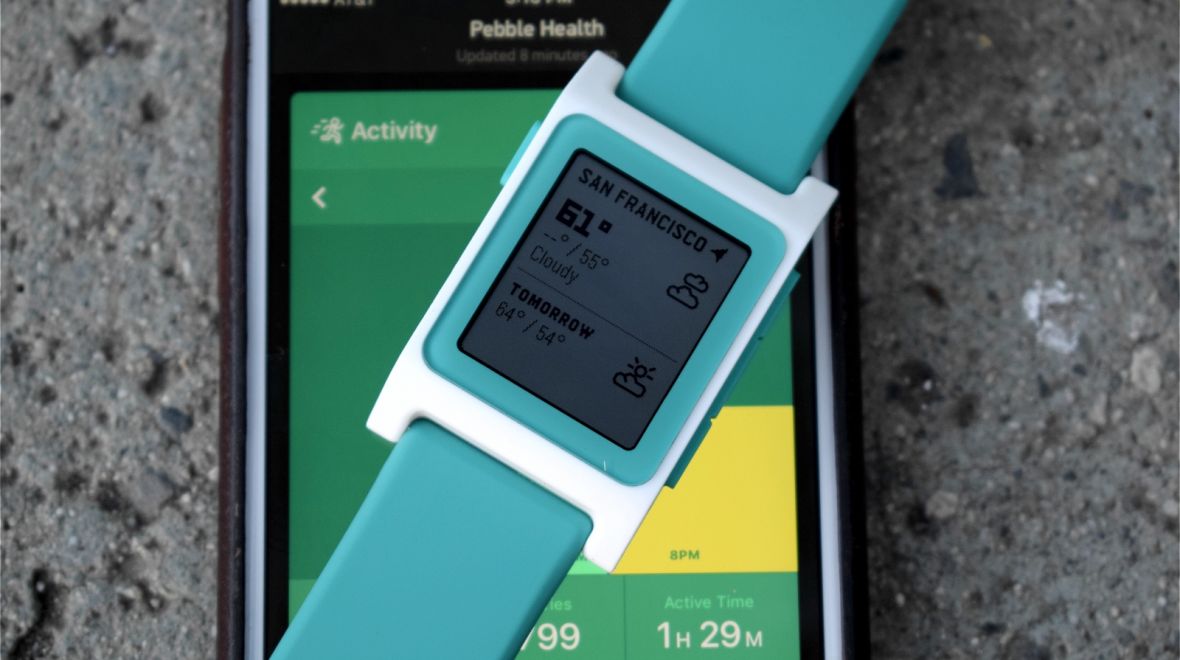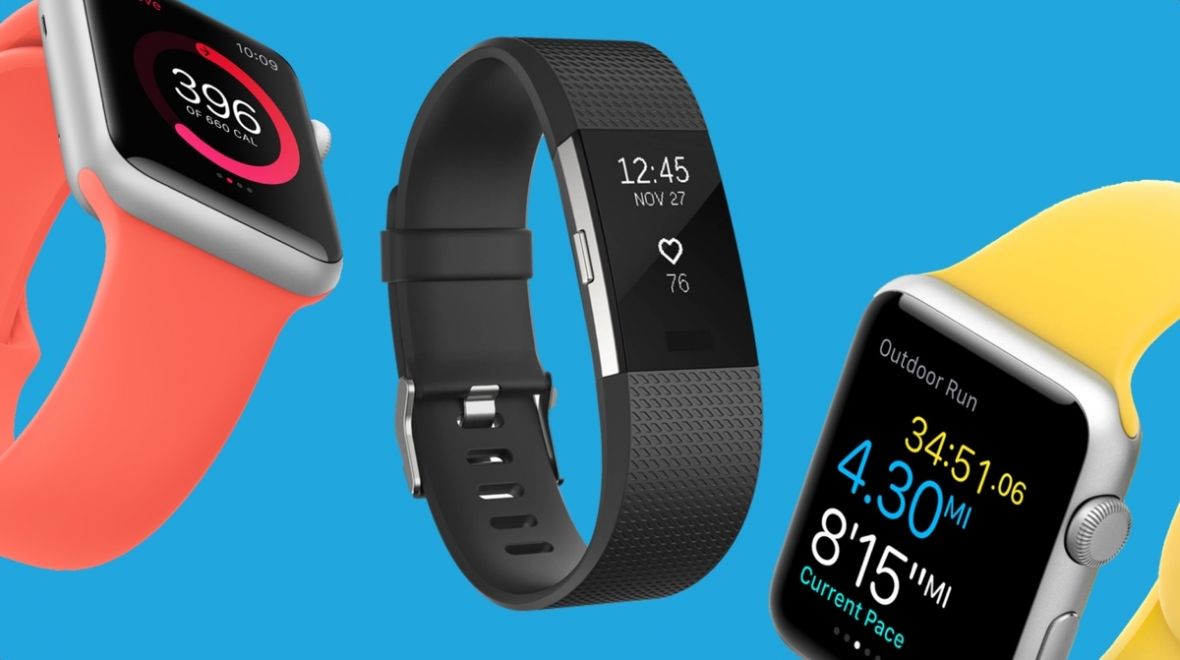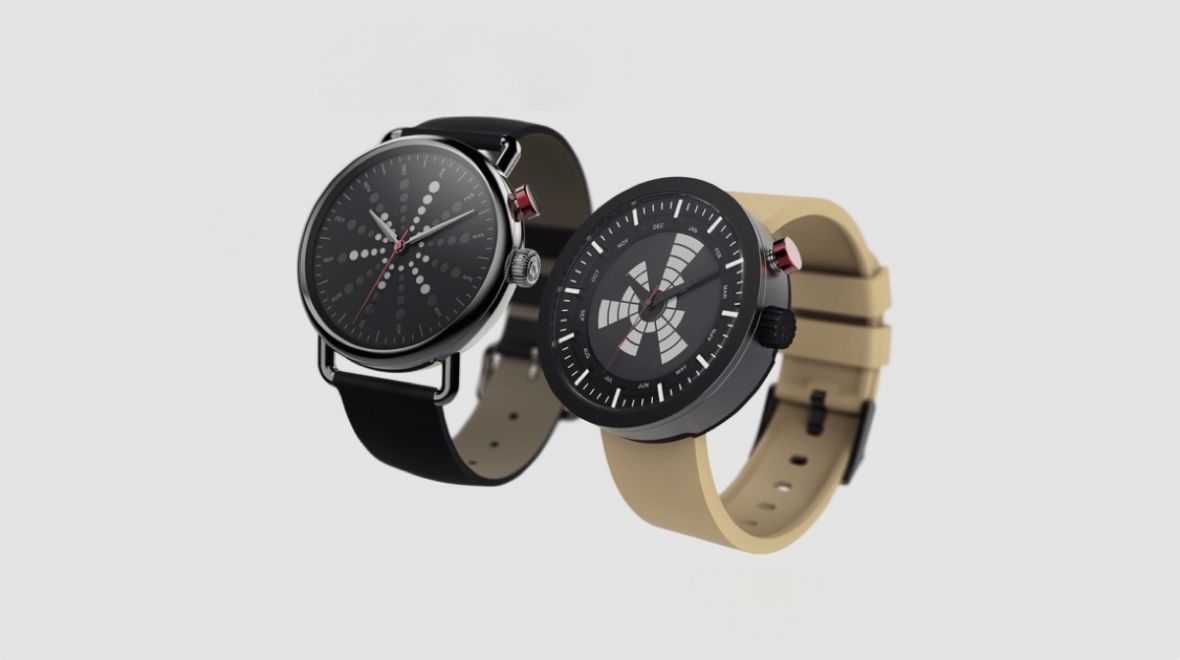If we carried out a survey among people who own smartwatches or have considered buying one, we reckon battery life would feature pretty high on their list of things that need to get better. We’ve come to accept not getting more than a couple of days away from a charger with our smartphones, but the prospect of powering up a connected timepiece night after night just doesn’t feel right.
So it comes as no surprise that Matrix Industries managed to attract over $1 million of funding through Kickstarter in 2016 when it launched a campaign to build the heat-powered PowerWatch that never has to be charged. How is that possible? Through the use of thermoelectronic technology. Now this has been around for some time, but what’s interesting is that the team at Matrix has managed to use it to keep its smartwatch powered forever. Yes, we’re talking eternal battery life.
The $139 PowerWatch smartwatch, which has a monochrome display, is on schedule to ship in September 2017 – with the smarter and bigger PowerWatch X set to land a month later with better waterproofing and notification support. That’s not one, but two smartwatches from the startup set up by Akram Boukai and Douglas Tham, who met as PhD students at Caltech (the California Institute of Technology). That’s where the duo gained their expertise in thermoelectronics and, funnily enough, Boukai and Tham didn’t have wearables in mind when first considering how we could all benefit from the power of heat.
Getting hot on smartwatches
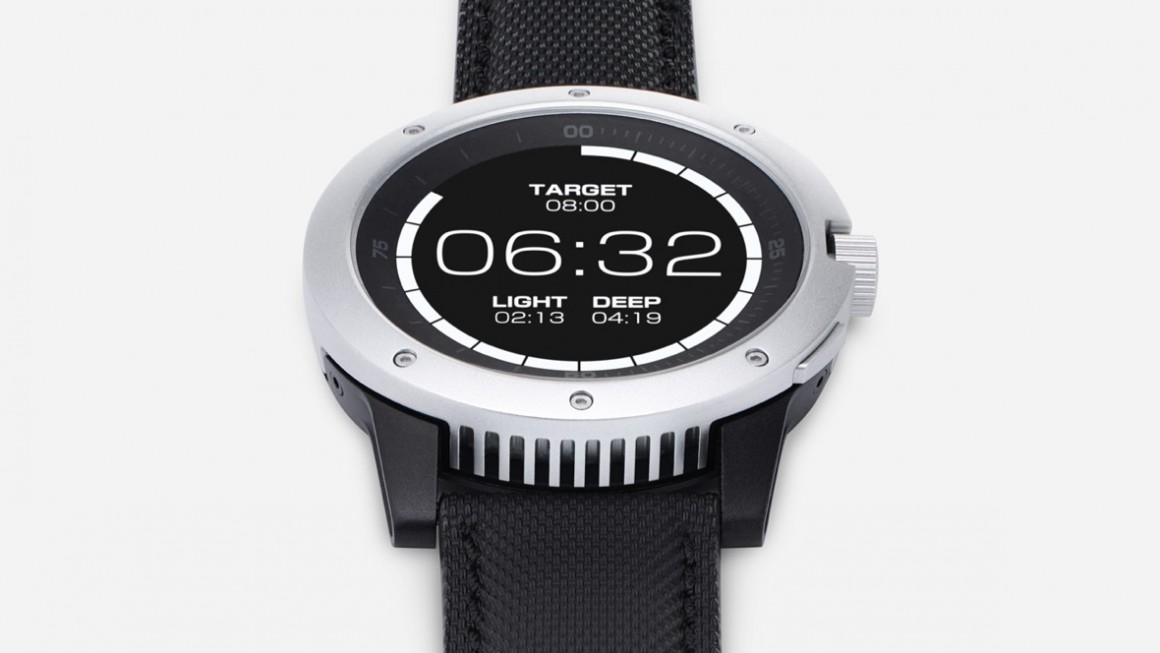
How thermoelectrics works on the PowerWatch, according to Matrix Industries
“The technology works by temperature difference. So the hot side is the body or your wrist and the cold part is the upper case on the watch that ejects the heat into the ambient air. You want to maximise that temperature difference so you can maximise that thermoelectricity produced. There’s fins on the side of the watch that dissipates some of the heat as well.”
In short, thermoelectrics convert temperature differences into power and the watch features a power meter to show how much electricity you’re generating. Clever.
“When we started the company five and half years ago we had no idea that we were actually going to do a wearable,” explained Boukai.”We initially thought there’s so many applications where thermoelectric tech could be a good fit, like the automotive industry where you can recycle heat from a car exhaust to improve fuel efficiency for instance.
Essential reading: Pavlok 2 wants to shake up your morning routine
“It was only in our third year when we started talking to the wearable folks. It was obvious the problem was battery life. So we said let’s see if we can shrink the tech down into a form factor of a watch. We built so many prototypes and finally convinced ourselves it could work and then we went all in.”
It has taken 20 prototypes plus the money raised and the feedback from backers gained through crowdfunding to get Boukai and the team at Matrix Industries in a position to get the ball rolling on getting the watch built. Unsurprisingly, getting to this point has not been easy and Boukai admitted that it couldn’t just solely focus on the thermoelectrics. It needed to think about the entire smartwatch system. The low power technology available now that simply wasn’t around five years ago has made the PowerWatch and PowerWatch X possible, but the form factor of the watch was possibly one of the most difficult options they could have chosen to implement the technology into.
“There’s two main issues we had to deal with,” he said. “The first was the small amount of space we had to play with. Secondly, it needed to look good. Early on, we weren’t worried about the design of the watch. The early prototypes focused on just making the device smaller. When we knew it would work and we did enough internal testing to ensure that it worked we hired an Italian designer to design the watch.”
Harnessing the heat from the wrist also posed its issues as Boukai explained. “It’s probably the worst part of the body to use it, he admitted. “Ideally you’d want the watch on the inner part of your wrist. But the watch consumes so little power, it generates more power than it consumes.”
Keeping things simple
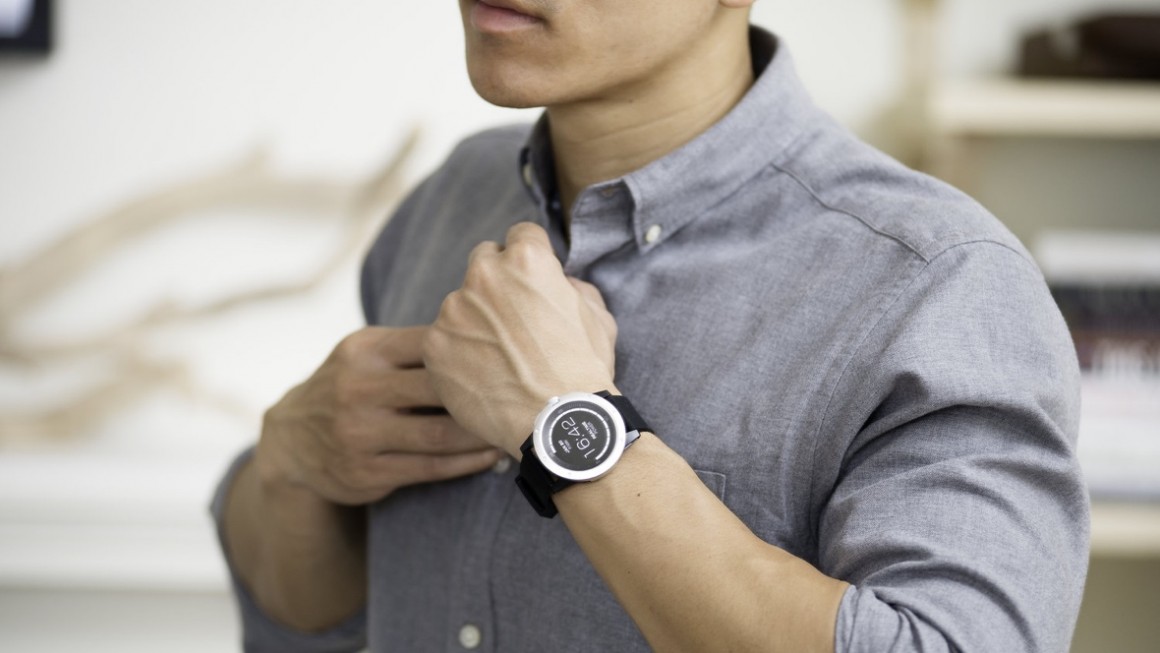
Step count, sleep quality, calorie count and notifications (on the PowerWatch X). These are the core features you can expect to make use of with the PowerWatch. It doesn’t run on an operating system like watchOS or Android Wear, but it will pair with iPhones and Android phones and let you share fitness data with friends.
The more streamlined approach to smartwatch design was a decision made early on in the process. Boukai said they simply didn’t want to over promise and under deliver with its first watch. That’s not to say though that those features can’t and won’t be added in the future, of course. “We can do OTA support and upgrades for the watch,” he explained. “In the future we could release some micro applications to do things like control your music or for WhatsApp or Facebook. We have plans to add new sensors, maybe heart rate, but not for this first watch. We wanted to get this out there and make sure it works and it’s robust.”
One of the most interesting features away from its battery life prowess is the approach to estimating calorie burn – something that’s a hot topic after a recent study by Stanford University questioned the reliability of a number of wearables, including the Apple Watch, in the way they provide calorie burn data. The PowerWatch uses its thermoelectric data to provide a more accurate measurement of calorie loss. “The way scientists measure calorie loss is really by measuring how much heat you produce,” he said. “The calories consumed are just converted to heat. Now obviously it’s just a point measurement from the wrist, but we believe it’s more accurate.”
Spreading the heat-powered love
With two smartwatches already primed for launch in 2017, Matrix Industries is firmly focused on making sure the wearable duo strike a chord with smartwatch fans. But it’s already looking ahead to what comes next. There’s talk of adding a colour display and additional sensors to future smartwatches further down the line, but also the potential of exploring other form factors.
“One potential area that could be tantalising for us in the future is to develop a smart strap that uses our thermoelectrical tech to convert a dumb watch into a smartwatch that you never have to charge,” Boukai said.
“There’s smart patches as well so there’s potential for medical applications. We’re going release this first watch and if it gets a good response we will be able to get a good feel of what should be next.”
Meet the bosses
SOURCE:https://www.wareable.com/smartwatches/matrix-powerwatch-akram-boukai-interview-230
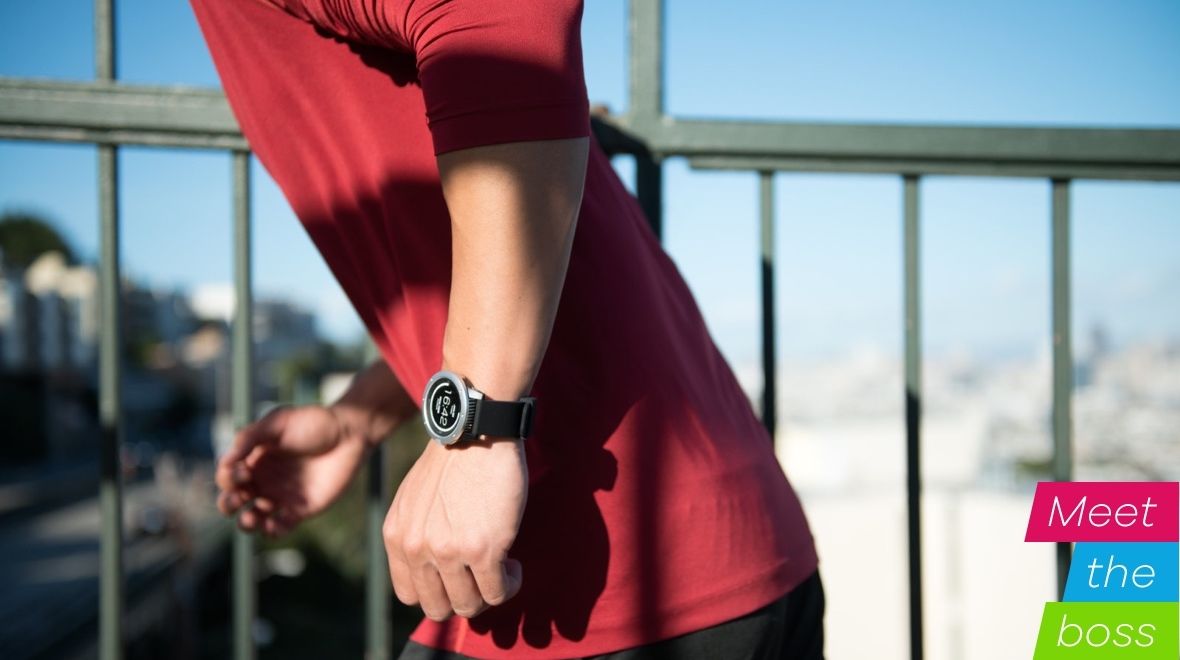
 Sabine Seymour’s startup Supa is here to make the quantified self cool A new sensorific New York brand is gunning for Gen Z
Sabine Seymour’s startup Supa is here to make the quantified self cool A new sensorific New York brand is gunning for Gen Z 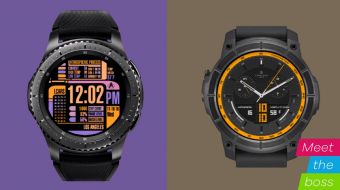 Facer’s CEO Ariel Vardi on where smartwatch apps go next What can we learn from watch faces?
Facer’s CEO Ariel Vardi on where smartwatch apps go next What can we learn from watch faces?  Android Wear’s fashion fix: Google’s David Singleton talks smartwatch styleThe Android Wear chief explains how the fashion world is shaping smartwatches
Android Wear’s fashion fix: Google’s David Singleton talks smartwatch styleThe Android Wear chief explains how the fashion world is shaping smartwatches